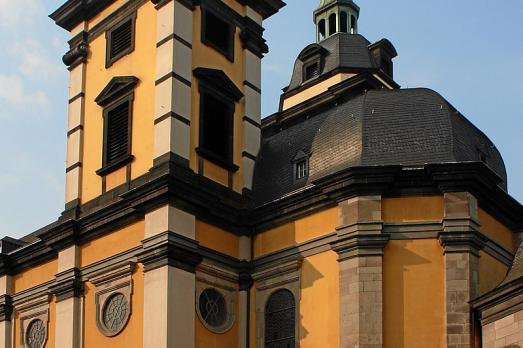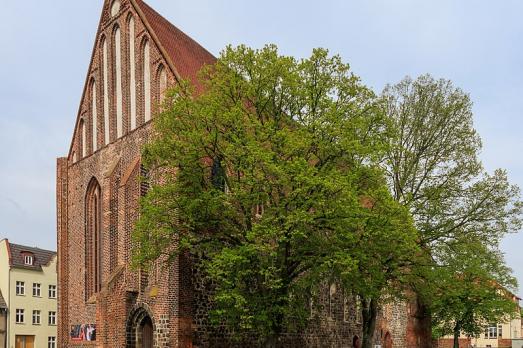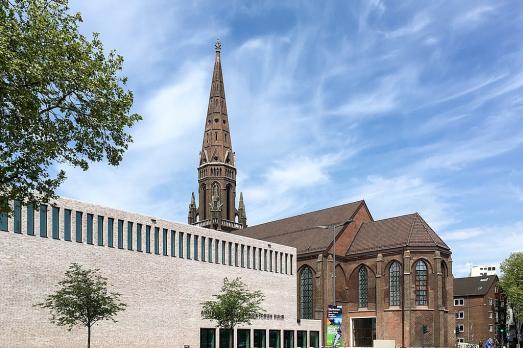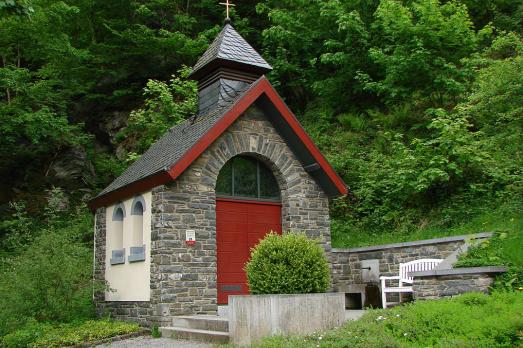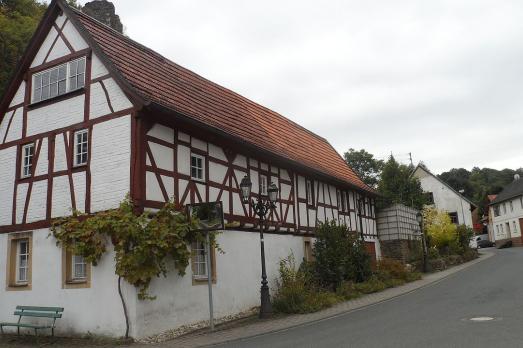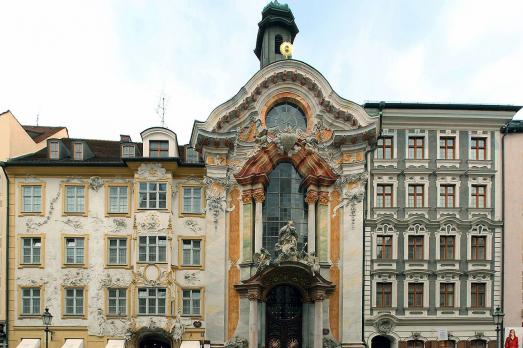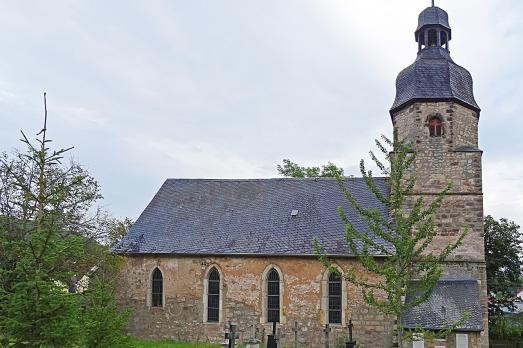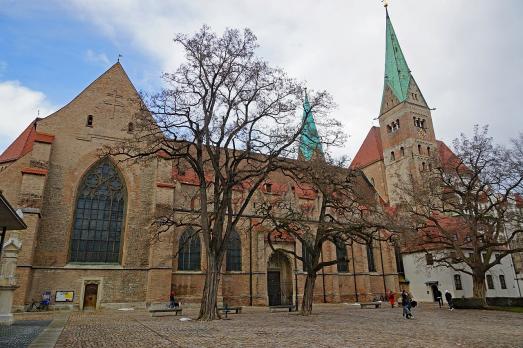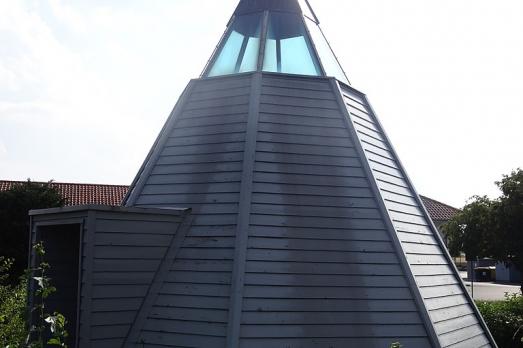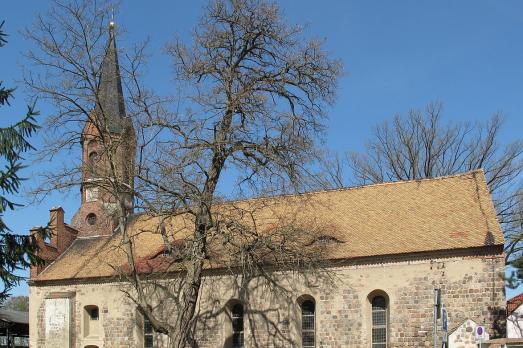
Altfriedland Abbey
Neuhardenberg, DE
Altfriedland Abbey is a former Cistercian abbey founded in the 13th century. Apart from the ruins of the refectory and the remains of a cloister, the nave is the only remaining building of the monastery, which was secularised in the 1540s as part of the Reformation.
